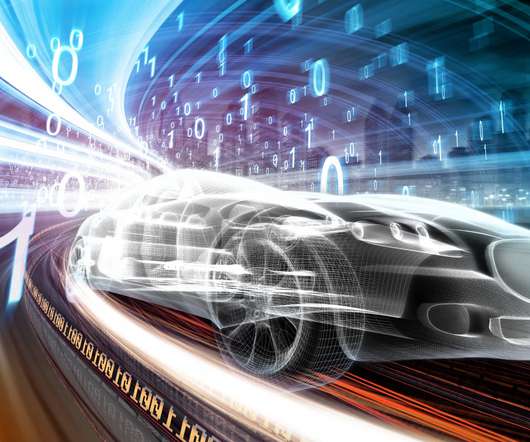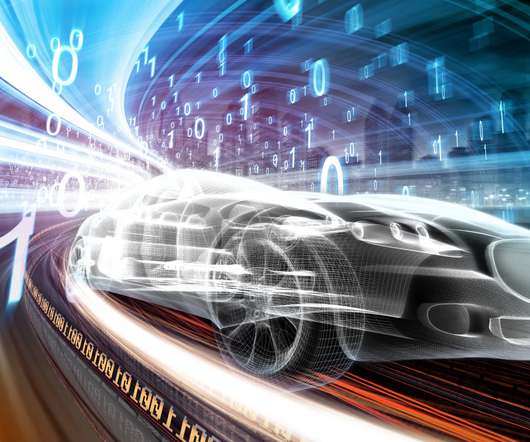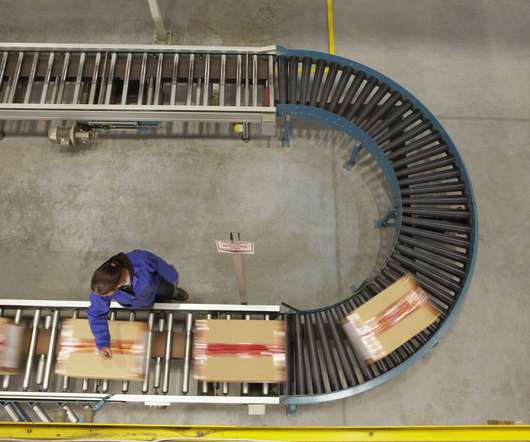Digital twin helps NTT Indycar deliver better race experience to fans
CIO Business Intelligence
JULY 5, 2022
When Marcus Ericsson, driving for Chip Ganassi Racing, won the Indianapolis 500 in May, it was in a car equipped with more than 140 sensors streaming data and predictive analytic insights, not only to the racing team but to fans at the Brickyard and around the world. That’s where the data and analytics come in.













Let's personalize your content